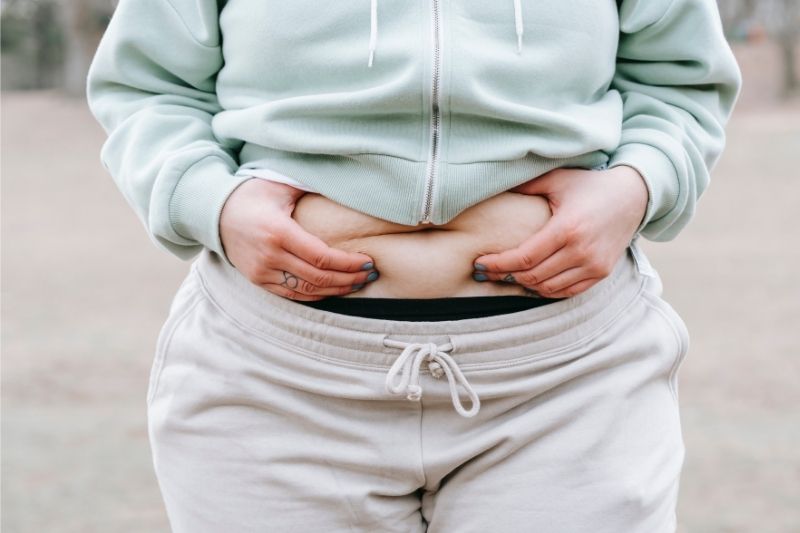There are several procedures available in cosmetic surgery to remove excess fat, including non surgical liposuction. Nonsurgical liposuction, laser therapy, radiofrequency, ultrasound, and cold lipolysis are just a few options. These procedures can be combined to improve the body’s contour.
Cryolipolysis
Cryolipolysis is a nonsurgical procedure that is done at a doctor’s office. Patients usually experience minimal pain during the procedure, but may experience tingling or numbness in the area after the procedure. Fat growth at the treatment site is rare, occurring in less than one percent of patients.
Cryolipolysis works by using controlled cooling to destroy fat cells. The fat cells are destroyed without damaging surrounding tissue. The procedure can be done on multiple body areas. It has undergone extensive FDA approval and has been praised for its safety. Clinical trials conducted by the FDA in 2009 found that patients did not suffer serious adverse effects.
Researchers developed a cooling device for this purpose in 2007 and found that it reduced fat layer thickness by half an inch without affecting the overlying skin. The technology was eventually approved for human use, and CoolSculpting has been used to reduce adipose tissue since 2010.
The procedure involves the use of a cooling device and gel pad. During the treatment, the cooling device moves over the skin and administers controlled cooling to the targeted fat. A single procedure can be completed in approximately one hour and fifteen minutes. While final results may not be visible immediately, patients typically notice improvements in their appearance within a few weeks. Unlike a surgical procedure, the treatment requires no anesthesia.
Laser-Assisted Liposuction
Laser-assisted non surgical liposuction is an effective way to remove excess fat without surgery. It is especially popular among individuals who cannot undergo an operation or who cannot afford the long recovery time associated with surgery. This procedure can also be effective in contouring the body and reducing localized fat deposits.
The process involves a gentle laser. Typically, a 1064nm wavelength is used, and it helps heat fat efficiently, minimizing bleeding. This laser is also used with the tumescent anesthesia technique, which results in a relatively bloodless area. Patients generally report minimal to minimal post-operative bruising. Other systems use a 1440nm wavelength, which helps heat and melt fat more effectively.

Laser-assisted liposuction is a good choice for patients with moderate skin laxity and stubborn fat deposits. However, it is not appropriate for individuals with excessive weight or loose, hanging skin. Patients will experience acute side effects such as bruising and soreness during the first few days, but this will lessen in ten days. Patients should also expect to wear a compression garment for the first few days. Recovery time after laser liposuction will depend on the type of procedure and the location of the treated area.
SmartLipo(r) is a minimally invasive process that can eliminate pockets of fat and promote skin tightening. SmartLipo(r) also promotes the growth of new collagen.
Liposonix Ultra
The Liposonix Ultra non surgical lipo surgery procedure does not require any downtime and patients can return to normal activities immediately after the treatment. Some patients experience mild swelling and bruising around the treatment site but this is normally temporary and will not interfere with daily activities.
The method consists of using small cannulas to break down fat cells. This process can be painful and can leave scarring. Liposonix, on the other hand, uses ultrasound energy to liquefy fat cells mechanically. This method produces high fat reduction without the pain and swelling that accompany other liposuction procedures.
The procedure is very effective in treating abdominal fat and other problem areas. The ultrasonic energy is focused at a depth of 1-2 cm below the surface of the skin. The targeted fat cells are destroyed, which enables the body’s natural healing process to begin. The body’s lymphatic system then excretes the fatty cells.

